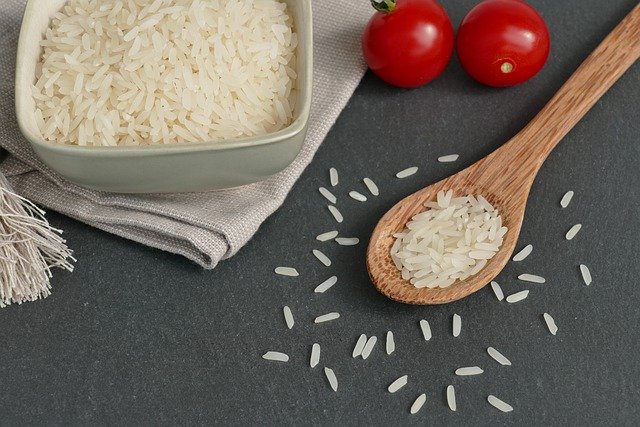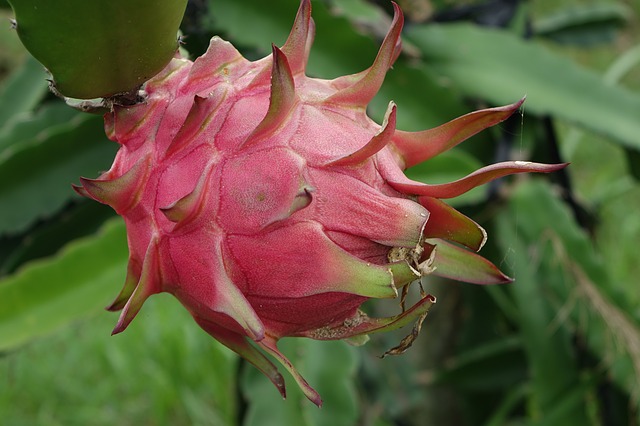Alcoholic drinks have never gotten a good reputation as it often led to catastrophic consequences to its consumers, especially those who are heavy drinkers.
From reckless driving and undignified behaviours, it is understandable why alcoholic drinks are often misjudged by people.
This is not an exception for Sarawak traditional alcoholic drinks, tuak.
Tuak is a staple to the Iban community where they will usually serve it to their guests during Gawai Dayak celebration.
Generally, tuak is made from glutinous rice, yeast balls known as ‘ragi’ and sugar. These ingredients are mixed and left to ferment for weeks or even months.
Once the fermentation process is complete, tuak is produced.
While tuak can be directly consumed after the fermentation process is complete, some prefer to leave it a little longer as it is said that the taste will be much sweeter.
While tuak generally made using glutinous rice, ragi and sugar, these days, it is common to see tuak maker add fruits such as dragon fruit and pineapple or even pandan leaves for addition fragrant and colour.
Typically, tuak is produced for personal consumption, but now it is common to see more people here mass produce tuak for business.
In Sarawak, it is common to see local bars serving tuak to their customers.
While tuak is an alcoholic drink, the history and culture representation lie deeper than this.
Typically, it is often prepared by the Iban community for the celebration of Gawai Dayak.

According to the research article “A Study Of Sarawak Ethnic Food “Tuak” As Means Of Communication In Understanding Culture”, tuak represent quality of the year’s yield and hard work.
Gawai is celebrated to offer thanksgiving to rice spirit for a bountiful harvest and tuak is symbolical of that.

Hence, using the rice that the community has harvested, it is considered as the fruit of labour and thus is regarded as sacred.

In the article, it was also mentioned that when the Ibans gathered during the Gawai, they would pray for God’s blessings before drinking tuak.
The occasion is marked by plentiful of food and tuak as the Dayaks believed that this ritual blesses the visitors while at the same time to get rid of evil spirits.
As a tool of bonding and communication, tuak is often served to guests visiting longhouses during Gawai.
In Malaysia, visiting each other is an essential part of any celebration and for Gawai Dayak, tuak is served to guests as welcoming drink as they entered the Iban longhouses.
While there are circumstances where longhouses may receive Muslim guests, it is understandable that they may reject the drink.
In the article, it was mentioned that if the guest rejects the drinks when entering the longhouse but instead, they will pour the tuak to the ground as a sign of gratitude and ask Petara (God) for more blessings, long life and prosperity.
Like tuak, borak, which is Orang Ulu’s rice wine also have similar cultural representation.
According to research titled ‘Rice Beer and Social Cohesion in Kelabit Highlands, Sarawak’ by Monica Janowski it was said that drinking borak alone is not considered appropriate as it should be shared with others.
In the research, it was stated that until the 1960s and 1970s when the Kelabit Christians and abandoned borak-making, they would consume borak frequently and in variety of context, which are all social such as rice field at cooperative work groups, in the longhouse in the evening and when entertaining guests in the longhouse as well as during an irau (feast).
As of today, while borak-making may now be extensively done as it may have been decades ago among the Kelabit, the rice wine is still occasionally consumed during special occasions and festive seasons.
Hence, in a way, borak which is considered a social tool tends to bring people to come together in social gatherings thus bringing unity among them.

Aside from Gawai celebration,tuak is typically enjoyed during celebration such as weddings, rituals and traditional ceremonies, although sometimes, local will enjoy the drink occasionally during a casual hangout with friends.
It is regarded as being part of the culture and with traditional dances and music the celebrations turn merrier.




